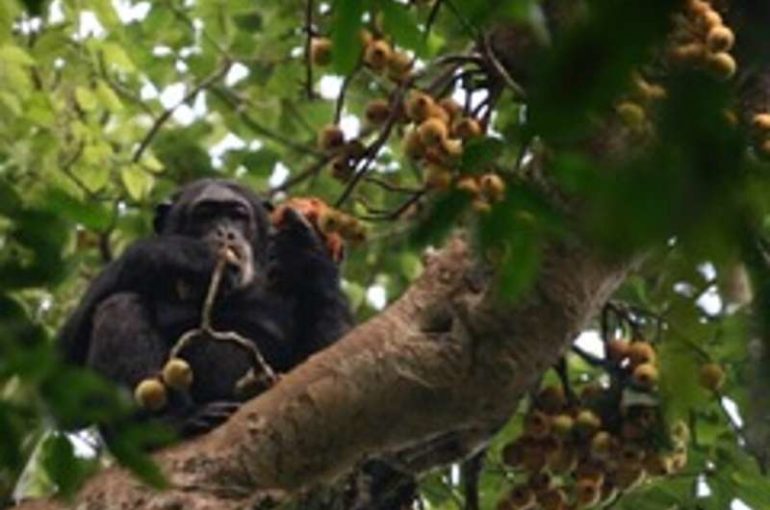By analyzing the relative proportion of different plant parts consumed by primates, researchers suggest that primates may be intricately and subtly shaped by two key families of plants: Moraceae and Fabaceae. The study, led by researchers from the University of Amsterdam and Indiana University, highlights the importance of detailed dietary studies to better understand primate ecology and evolution. The results are now published in the scientific journal Proceedings of the Royal Society B.
Plant parts such as leaves, fruits and seeds have been essential components of primate diets for millions of years, but the relative importance of different plant families remains unclear. Therefore the researchers assembled a large database and investigated which plant families are consumed by wild primates, and which plant families are most important for the diets of primates worldwide.
Plant families
“We performed a structured literature review and compiled data from >230 published studies to analyze the relative proportion of different plant parts consumed by the primates,” explains Dr. W. Daniel Kissling, researcher at the UvA Institute for Biodiversity and Ecosystem Dynamics and senior author of the study. From all of these studies the researchers recorded for each plant the part eaten and the taxonomic identity, therefore establishing a large database of the relative consumption of plant families across 112 primate species.
The researchers found that the two plant families that are mostly consumed by primates are the mulberry family (Moraceae), which includes the widely known figs, and the legume family (Fabaceae), which includes the peas. Moraceae was eaten by a wide variety of primate species, including spider monkeys, chimpanzees, gibbons, howler monkeys, colobus monkeys and gorillas, mainly as fruit. Fabaceae, the third-largest plant family worldwide with nearly 20,000 known species, was mainly eaten in the form of leaves, also by many different primates.
Primate diets
“I was surprised that out of the 205 plant families that are recorded in the diets of 112 primates, only 10 are consumed by more than half of the primate species. Even more surprising is that only two plant families are standing out, being eaten by over 75% of the primate species and making together approximately 13% of primate diets on average,” says Kissling.
“My initial interest in this study arose because I was curious to know whether tropical palms, a plant group that I had worked with for many years, are among the most important food items for primates,” explains Kissling. The database assembled by the researchers recorded nearly 40 primate species in the world who had been indeed feeding on the fruits, flowers, and leaves of palms. “I was impressed to see that some primate species such as the Arabian baboon or the Tana River mangabey have more than 20% of their food composed of a single palm species,” says Kissling. “However, across the diets of the 112 primates we found that palms did not end up in the top ten of primate’s food plant families.”
Data science in ecology
The study shows that syntheses based on large global databases have great potential to gain new insights into the ecology and evolution of animals and other organisms. “There is so much collective knowledge out there, but it is often not available because the data have not yet been assembled in a standardized way to make them findable, accessible, interoperable and re-usable,” says Kissling. Such standardization is needed because humans increasingly rely on computational support to deal with data as a result of the increase in volume, complexity, and creation speed of data. Data science and scientific data management are therefore becoming increasingly important in ecology and evolution. “We encourage primatologists and other ecologists to continue with field studies on animal diets and to report the collected information on dietary items in a clearly organized and standardized way, ideally following existing data and metadata standards,” says Kissling. “This will allow for future comparisons across studies and expand such research on diets to other species, including humans,” concludes Kissling.
Diet matters less than evolutionary relationships in shaping gut microbiome
More information:
Jun Ying Lim et al, Ecological and evolutionary significance of primates’ most consumed plant families, Proceedings of the Royal Society B: Biological Sciences (2021). DOI: 10.1098/rspb.2021.0737
Provided by
University of Amsterdam
Citation:
Primate ecology and evolution shaped by two most consumed plant families (2021, June 16)
retrieved 16 June 2021
from https://phys.org/news/2021-06-primate-ecology-evolution-consumed-families.html
This document is subject to copyright. Apart from any fair dealing for the purpose of private study or research, no
part may be reproduced without the written permission. The content is provided for information purposes only.



